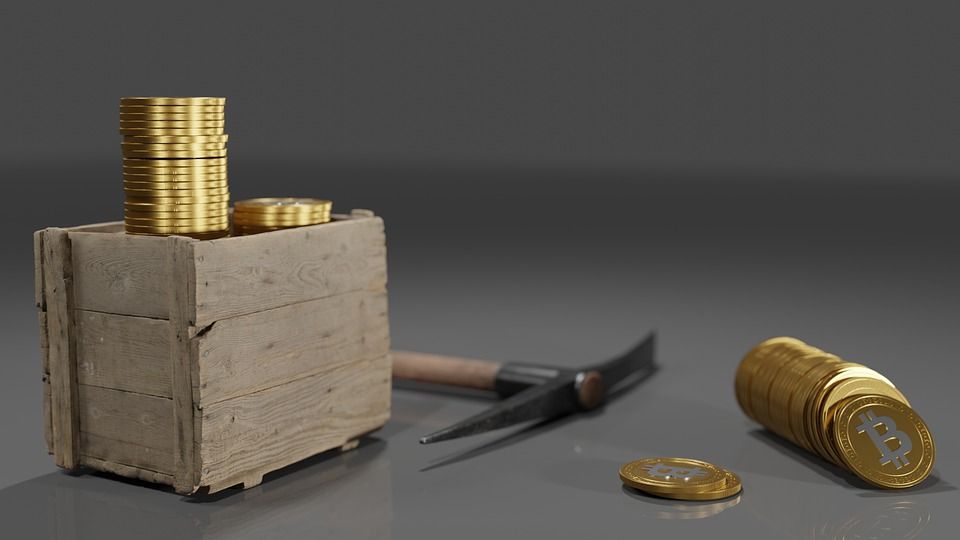

Before we tell you about Bitcoin mining, we need to explain the blockchain. The blockchain is a ledger used to record data, and all Bitcoin transactions are stored in it. The blockchain consists of blocks, and each block is a collection of approved transactions. Every block is cryptographically linked to the previous block, creating an unforgeable chain. Every time a new block is added, the blockchain becomes longer.
Worldwide, cryptocurrencies are sent daily, and the blockchain keeps track by collecting all transactions within a specific timeframe into a “block.” Miners then record these blocks on the blockchain, which is called mining. To mine, you need a computer specifically designed for this purpose, and it requires a lot of electricity.
For solving mathematical puzzles, Bitcoin miners receive a reward in Bitcoin (BTC). In other words, miners are rewarded for solving these complex calculations and adding a block to the blockchain. The reward for adding a block is currently 12.5 Bitcoin (BTC), while it was 25 Bitcoin in 2016. The mining reward is halved approximately every four years, a process known as the Bitcoin block halving.